Reptiles may not show their emotions as expressively as mammals, but they certainly experience stress and anxiety. As cold-blooded creatures with complex needs, reptiles can become distressed when their environment, handling, or care doesn’t meet their specific requirements. Unlike dogs that whine or cats that hide, reptiles display more subtle signs of discomfort that many owners might miss or misinterpret. Recognizing these signs early is crucial for preventing serious health issues and ensuring your scaly companion thrives in captivity. This comprehensive guide will help you identify when your pet reptile is experiencing stress or anxiety, understand the underlying causes, and take appropriate steps to restore their well-being.
Understanding Reptile Stress Responses

Reptiles have evolved stress responses that differ significantly from mammals, making their signs of distress less obvious to human caretakers. When stressed, reptiles typically engage in either “fight, flight, or freeze” behaviors, which stem from their survival instincts in the wild. Their physiological responses include elevated heart rates, hormonal changes, and immune system suppression that can lead to long-term health issues if the stress persists. Understanding these fundamental stress mechanisms helps owners recognize that seemingly minor behavioral changes might actually signal significant distress. Unlike mammals that may seek comfort when anxious, reptiles often withdraw or display defensive behaviors that can be misinterpreted as aggression rather than fear.
Changes in Body Posture and Position

A stressed reptile often displays noticeable changes in how they hold their body compared to their relaxed state. Tense, rigid postures with limbs held close to the body can indicate anxiety, particularly in lizards like bearded dragons or geckos. Some species may flatten their bodies to appear larger when threatened, while others might hunch or curl into defensive positions. Snakes may form tighter than usual coils or maintain an alert, raised head position for extended periods rather than relaxing. Turtles and tortoises might withdraw deeply into their shells and refuse to emerge even when normally motivating factors like food are present. Regular observation of your reptile’s typical relaxed postures will help you quickly identify when something doesn’t look right.
Abnormal Hiding or Exposure Behaviors

Stressed reptiles often show dramatic changes in their hiding patterns, either concealing themselves excessively or displaying unusual exposure behaviors. A reptile that suddenly spends most of its time hidden when it previously enjoyed basking might be experiencing stress or illness. Conversely, some stressed reptiles may expose themselves in uncharacteristic ways, such as climbing tank walls frantically or abandoning their secure hiding spots during times they would normally rest. Nocturnal species appearing during daylight hours or diurnal species remaining active at night can indicate environmental stressors or health issues requiring attention. These abnormal patterns often reflect the animal’s attempt to escape perceived threats or find more suitable environmental conditions, and should never be ignored.
Decreased Appetite and Weight Loss

One of the most reliable indicators of reptile stress is a sudden or gradual decrease in food consumption, often leading to weight loss over time. While many reptiles naturally eat less during seasonal changes or breeding periods, a stressed reptile may refuse food entirely or show reduced interest in previously enjoyed prey items. It’s important to monitor your reptile’s weight regularly using an appropriate digital scale, as even small percentages of weight loss can indicate significant problems in these animals. The connection between stress and appetite suppression in reptiles relates to their evolutionary conservation mechanisms, where digestion shuts down during threatening situations to conserve energy for survival responses. Chronic appetite suppression requires veterinary attention, as extended periods without proper nutrition can lead to metabolic disorders and immune system compromise.
Changes in Skin Color or Condition
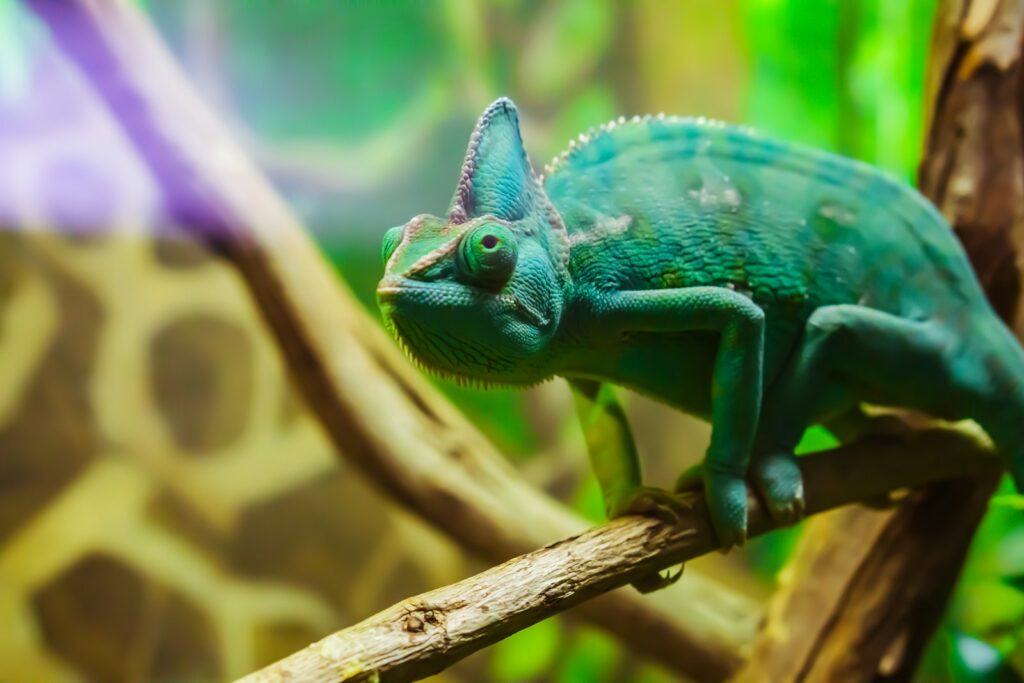
Many reptile species exhibit noticeable changes in skin coloration or texture when experiencing stress or anxiety. Bearded dragons may develop stress marks (dark, wave-like patterns) on their bellies or darken significantly overall when feeling threatened. Chameleons show particularly dramatic color changes in response to stress, often displaying darker or duller colors than their typical vibrant hues. Beyond coloration, stressed reptiles might experience abnormal or incomplete shedding issues, with skin remaining attached in patches rather than coming off cleanly. The skin might appear dull, dry, or wrinkled in stressed animals, reflecting poor hydration or environmental conditions. These visual changes provide valuable diagnostic information that can help identify both the presence and potential causes of distress.
Defensive or Aggressive Behaviors
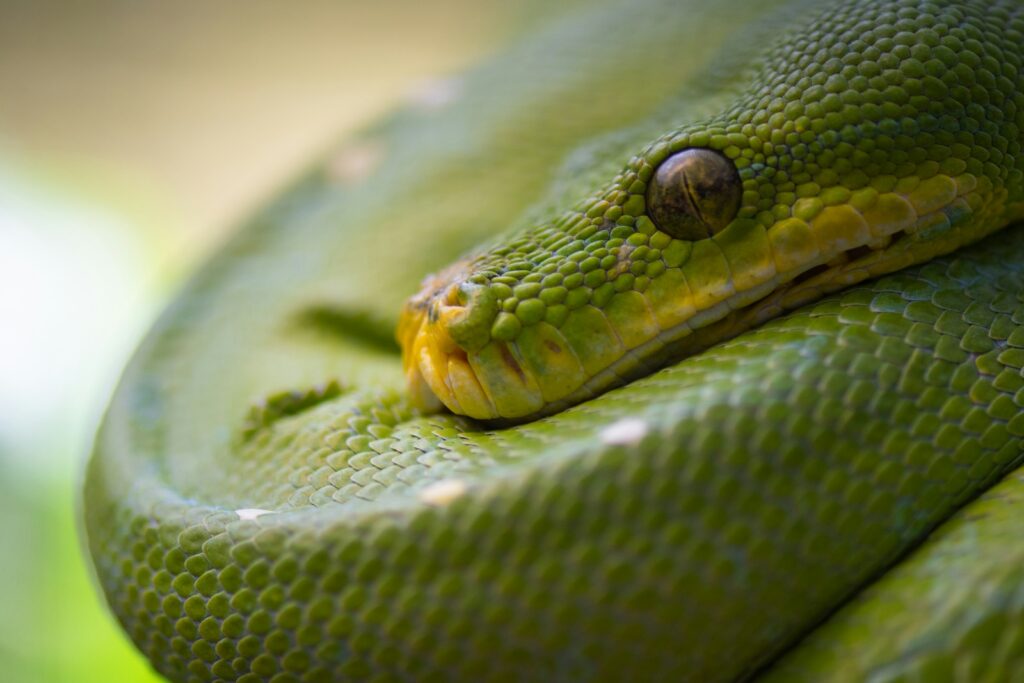
Reptiles that feel threatened or stressed commonly resort to defensive behaviors that owners might misinterpret as aggression. Hissing, puffing up, tail whipping, biting, and creating displays like a bearded dragon’s beard extension or a frilled lizard’s neck flare are defensive mechanisms rather than signs of an aggressive personality. A normally docile reptile that suddenly exhibits these behaviors may be experiencing significant stress from handling, environmental factors, or health issues. It’s crucial to recognize that these behaviors represent fear rather than aggression, requiring owners to identify and address the underlying causes rather than punishing the animal. In snakes, striking with a closed mouth or rapid retreat behaviors indicate fear rather than hunting responses, while open-mouth displays in lizards signal extreme discomfort rather than aggression.
Abnormal Breathing Patterns
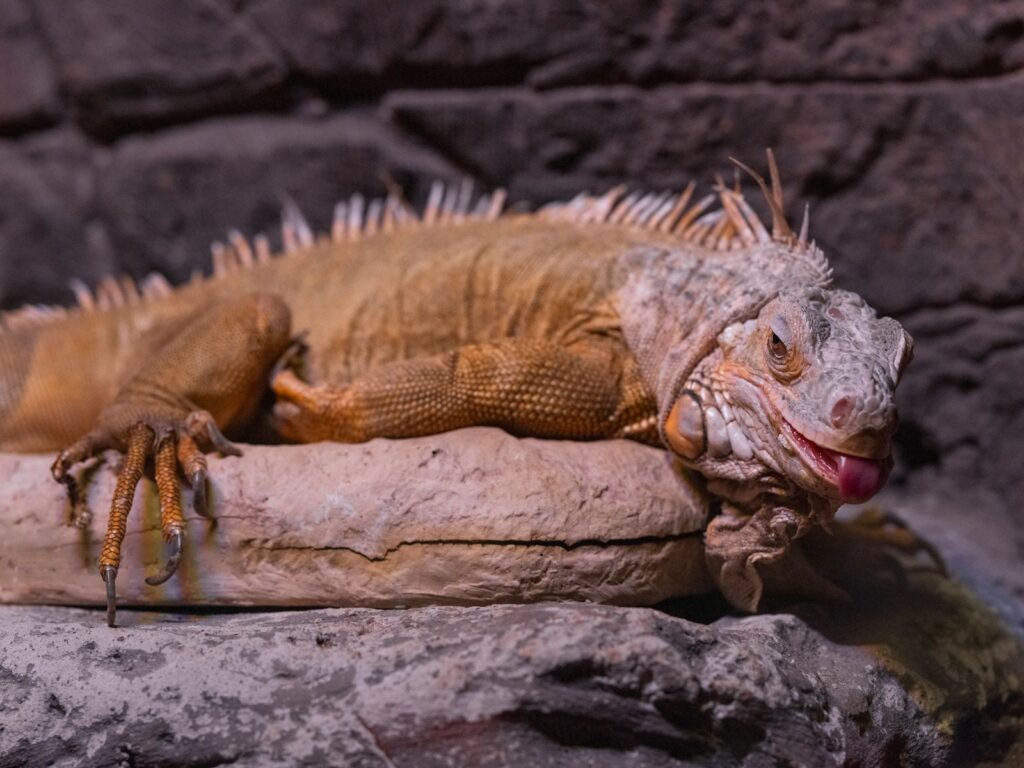
Stressed reptiles often display altered respiratory patterns that differ from their typical breathing at rest. Heavy, rapid breathing (similar to panting in mammals) can indicate acute stress in many lizard species, particularly when no physical exertion or high temperatures explain this response. Some reptiles may exhibit open-mouth breathing when stressed, which can resemble respiratory infections but appears only during stressful situations rather than consistently. Gular (throat) pumping at increased rates in species like bearded dragons can signal stress responses beyond normal thermoregulation needs. Careful observation of your reptile’s breathing patterns during both relaxed and potentially stressful situations helps establish a baseline for identifying problematic changes.
Unusual Bathroom Habits and Digestive Issues
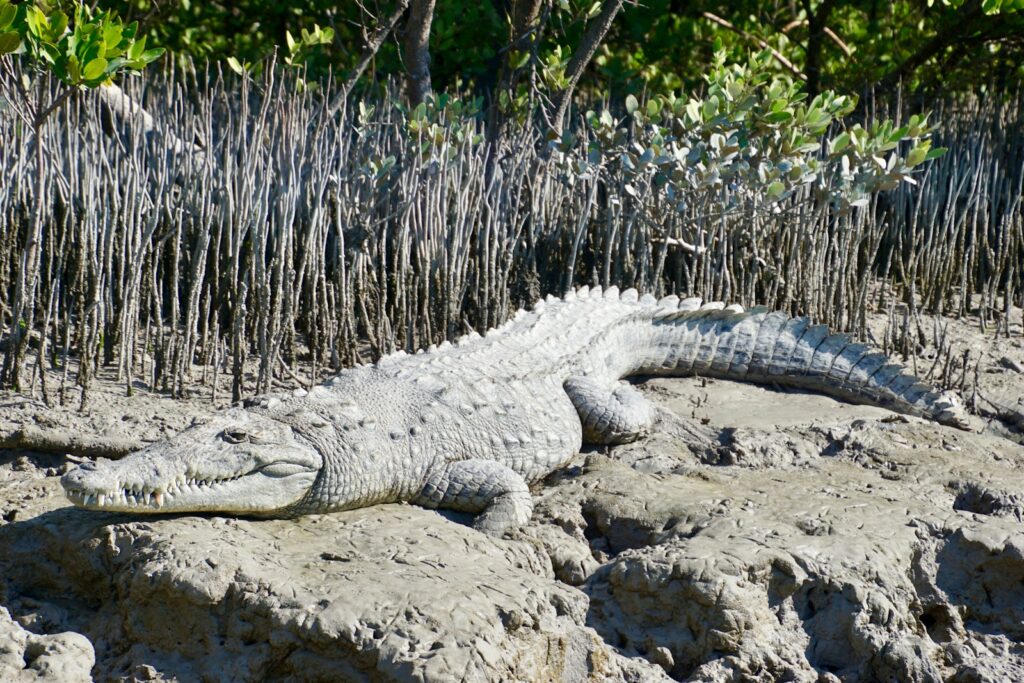
Stress commonly manifests through changes in a reptile’s elimination patterns and digestive function. Chronic stress can lead to constipation, diarrhea, or irregular defecation schedules that differ from the animal’s normal patterns. Some stressed reptiles may defecate when handled out of fear, especially if they’re not accustomed to regular handling. Undigested food in feces can indicate that stress is affecting the digestive process, as reptiles under duress often experience reduced digestive efficiency. Regurgitation or vomiting shortly after eating can occur when reptiles feel threatened during the digestive process, causing them to expel food to prepare for a flight response. Maintaining a log of your reptile’s normal elimination patterns helps identify these stress-related changes early.
Excessive or Repetitive Behaviors
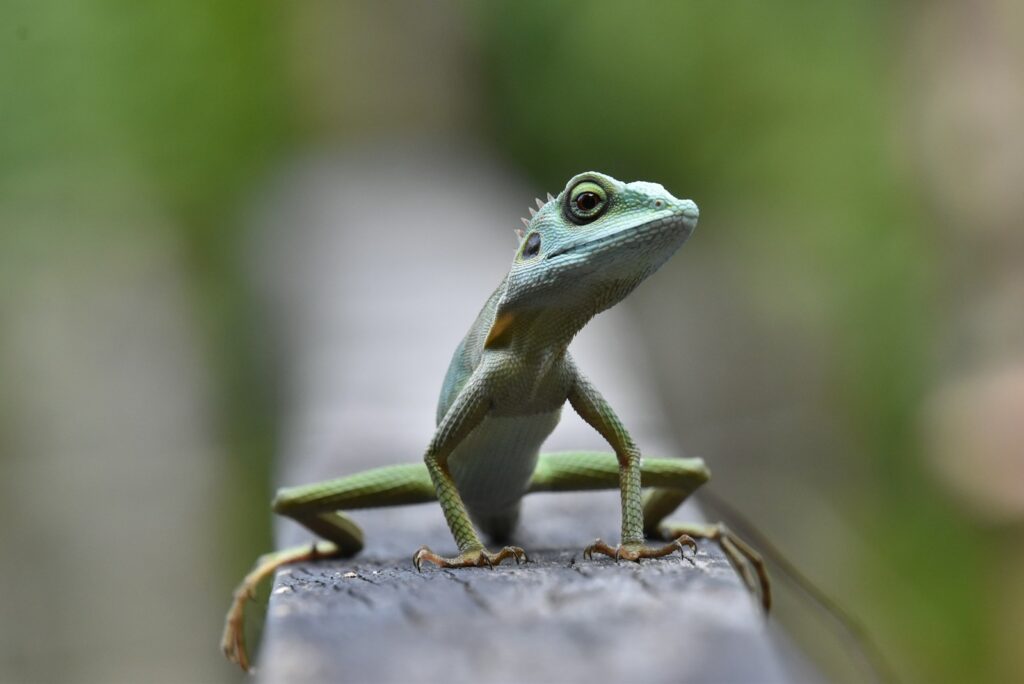
Stressed reptiles sometimes develop repetitive behaviors that signal psychological distress or environmental inadequacies. Glass surfing—repeatedly sliding against terrarium walls as if trying to escape—is a common stress behavior seen in many lizard species, indicating enclosure stress or territory issues. Some reptiles may dig obsessively, pace continuously, or repeatedly try to climb out of their enclosures when experiencing chronic stress. Head-bobbing outside of normal display contexts or repetitive circling can signal neurological stress responses in some species. These behaviors often develop gradually and may become more intense over time, requiring prompt attention to prevent them from becoming established, difficult-to-break patterns.
Social Interaction Changes
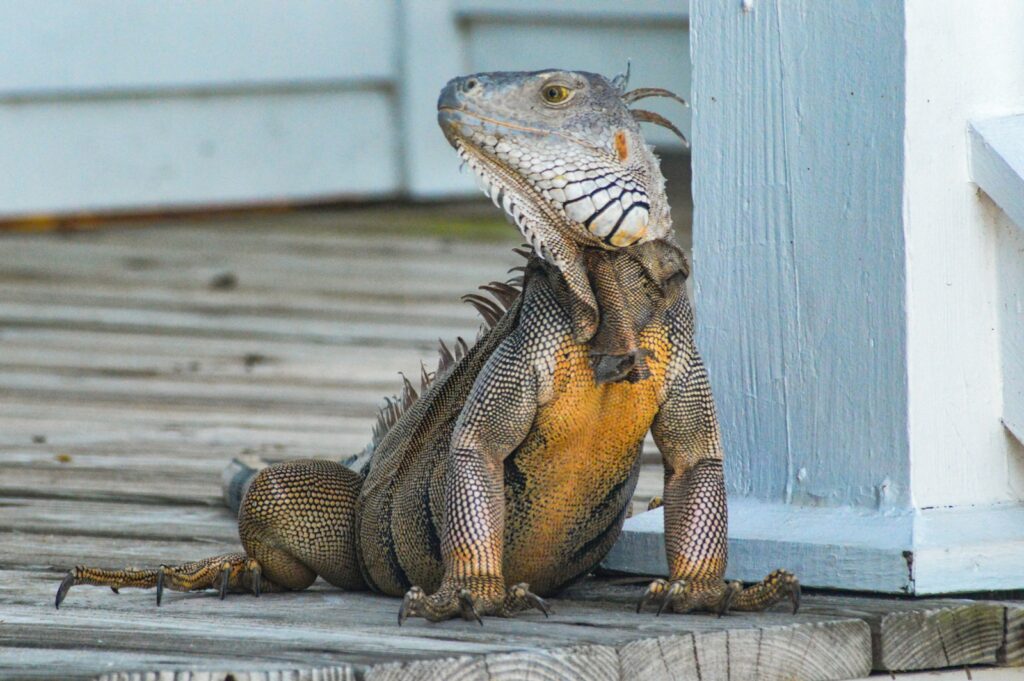
Even typically solitary reptile species often develop patterns of interaction with their caretakers that change noticeably during periods of stress. A normally interactive reptile that suddenly retreats or shows fear responses to their owner may be experiencing generalized stress that affects their social confidence. Conversely, some stressed reptiles become unusually clingy or attempt to leave their enclosures whenever their owner approaches, signaling discomfort with their habitat. Species kept in appropriate groups may show increased aggression toward tankmates, abnormal submission behaviors, or isolation from their usual social dynamics. These interaction changes often appear early in the stress response and provide valuable warning signs before more serious physical symptoms develop.
Temperature-Seeking Behaviors
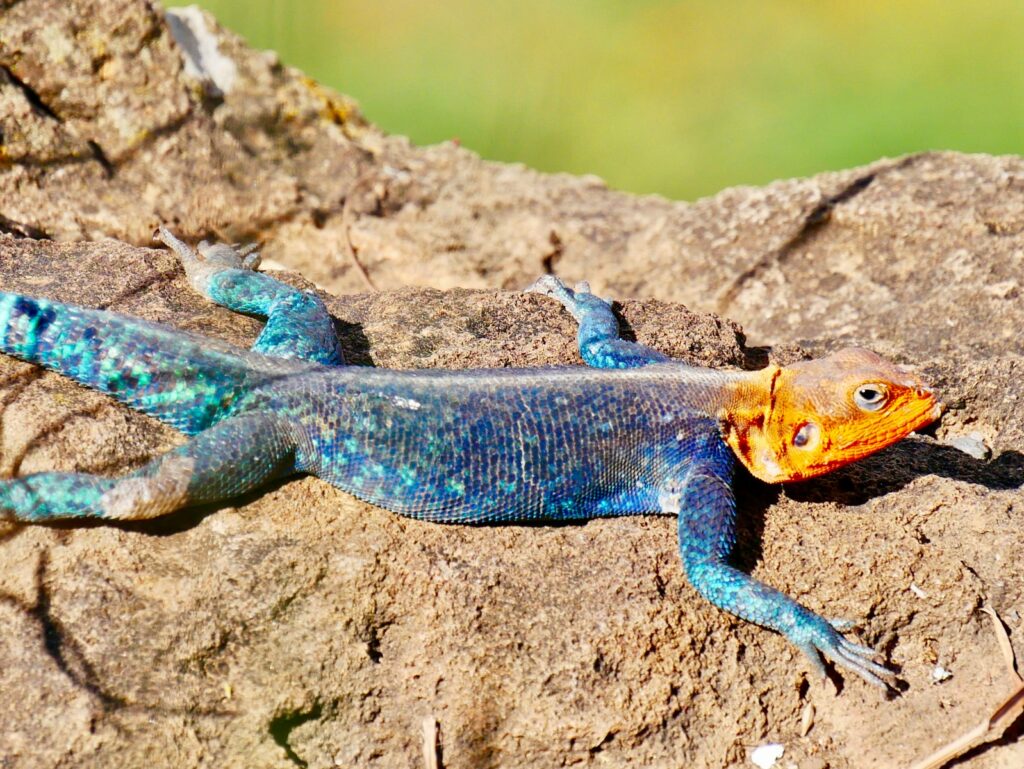
Stressed reptiles frequently display abnormal temperature-seeking behaviors as they attempt to manage their physiological responses to stress. A reptile that consistently avoids its basking area despite appropriate temperatures may be experiencing stress that affects its normal thermoregulation behaviors. Conversely, some stressed reptiles spend excessive time under heat sources, using elevated body temperatures to fight potential infections that they become vulnerable to during stress. Unusual clustering in cool areas when adequate temperature gradients exist can indicate stress rather than normal cooling behaviors. Since proper thermoregulation directly impacts a reptile’s immune function, digestion, and overall health, these altered temperature preferences serve as important early warning signs of stress that require investigation.
Common Environmental Stressors

Understanding the environmental factors that commonly stress captive reptiles helps owners proactively address potential problems. Insufficient enclosure size that restricts natural movement patterns creates chronic stress in growing or active species that need space to exercise natural behaviors. Inappropriate temperature gradients that don’t provide proper basking and cooling options force reptiles to compromise their physiological needs, creating ongoing stress. Excessive handling, particularly with improper support or restraint techniques, can significantly stress reptiles that aren’t highly social by nature. Cohabitation with incompatible species or individuals can create territorial stress even when aggression isn’t overtly displayed. Excessive noise, vibration, or visual exposure to perceived predators (including household pets) can create chronic stress that many owners don’t recognize until health problems develop.
When to Seek Veterinary Care

While many stress responses can be addressed through environmental modifications, certain signs warrant immediate veterinary attention from an experienced reptile specialist. Any stress behaviors accompanied by significant weight loss, lethargy, or changes in stool consistency should be evaluated professionally, as these may indicate secondary infections or metabolic issues resulting from chronic stress. Respiratory symptoms like wheezing, bubbling around the mouth or nose, or labored breathing require urgent veterinary care, as stressed reptiles have compromised immune systems that make them vulnerable to respiratory infections. Prolonged anorexia (food refusal) beyond normal fasting periods for the species needs medical evaluation, particularly in juvenile reptiles that have fewer fat reserves. When multiple stress indicators persist despite environmental improvements, a veterinary assessment can identify underlying health issues that might be causing or resulting from the stress response.
Creating a Low-Stress Environment

Proactive stress prevention through environmental optimization represents the most effective approach to reptile wellness. Creating adequate visual barriers and multiple secure hiding spots allows reptiles to regulate their own stress levels by controlling their exposure. Maintaining species-appropriate temperature gradients with precise measurement tools ensures your reptile can thermoregulate effectively, preventing the stress of inappropriate temperatures. Establishing consistent handling routines that respect the individual animal’s tolerance helps build trust while minimizing handling stress. Providing naturalistic enrichment opportunities appropriate to your species allows for the expression of natural behaviors that reduce captivity stress. The most successful reptile environments combine proper physical parameters with psychological considerations that respect each species’ evolutionary adaptations and individual temperament.
Conclusion
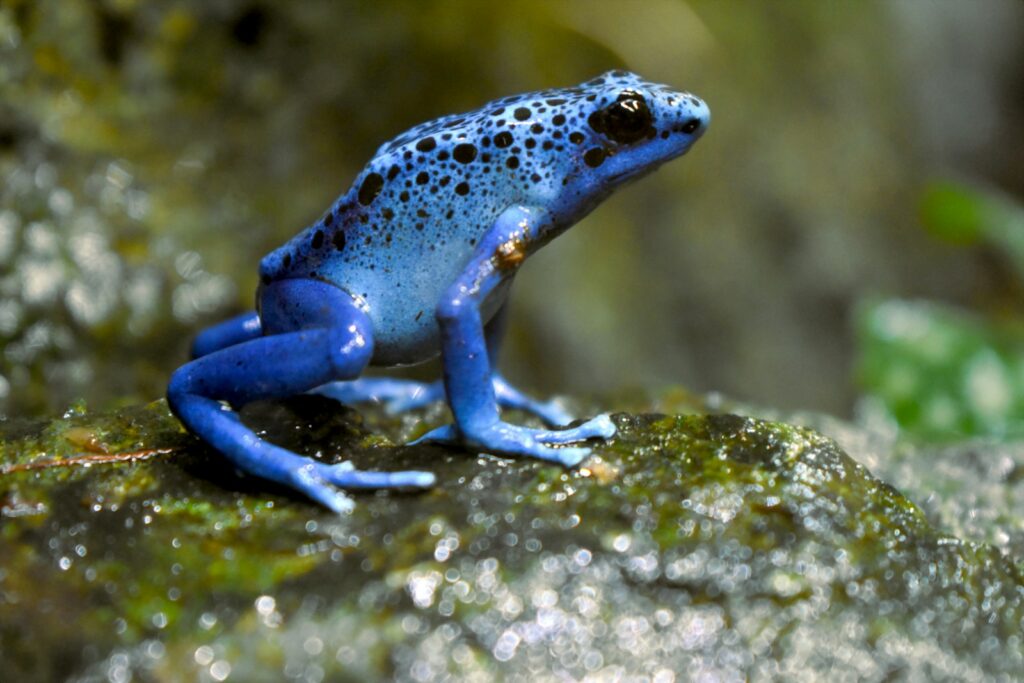
In conclusion, recognizing stress in reptiles requires attentive observation and understanding of species-specific behaviors. These animals communicate their discomfort through subtle yet consistent changes that owners can learn to identify with practice. By monitoring your reptile’s normal behaviors and quickly identifying deviations, you can address stressors before they lead to serious health complications. Remember that reptiles have evolved to hide weakness, making vigilance particularly important in their care. With proper environmental management, appropriate handling, and prompt attention to stress signals, your reptilian companion can thrive in captivity for many years to come.

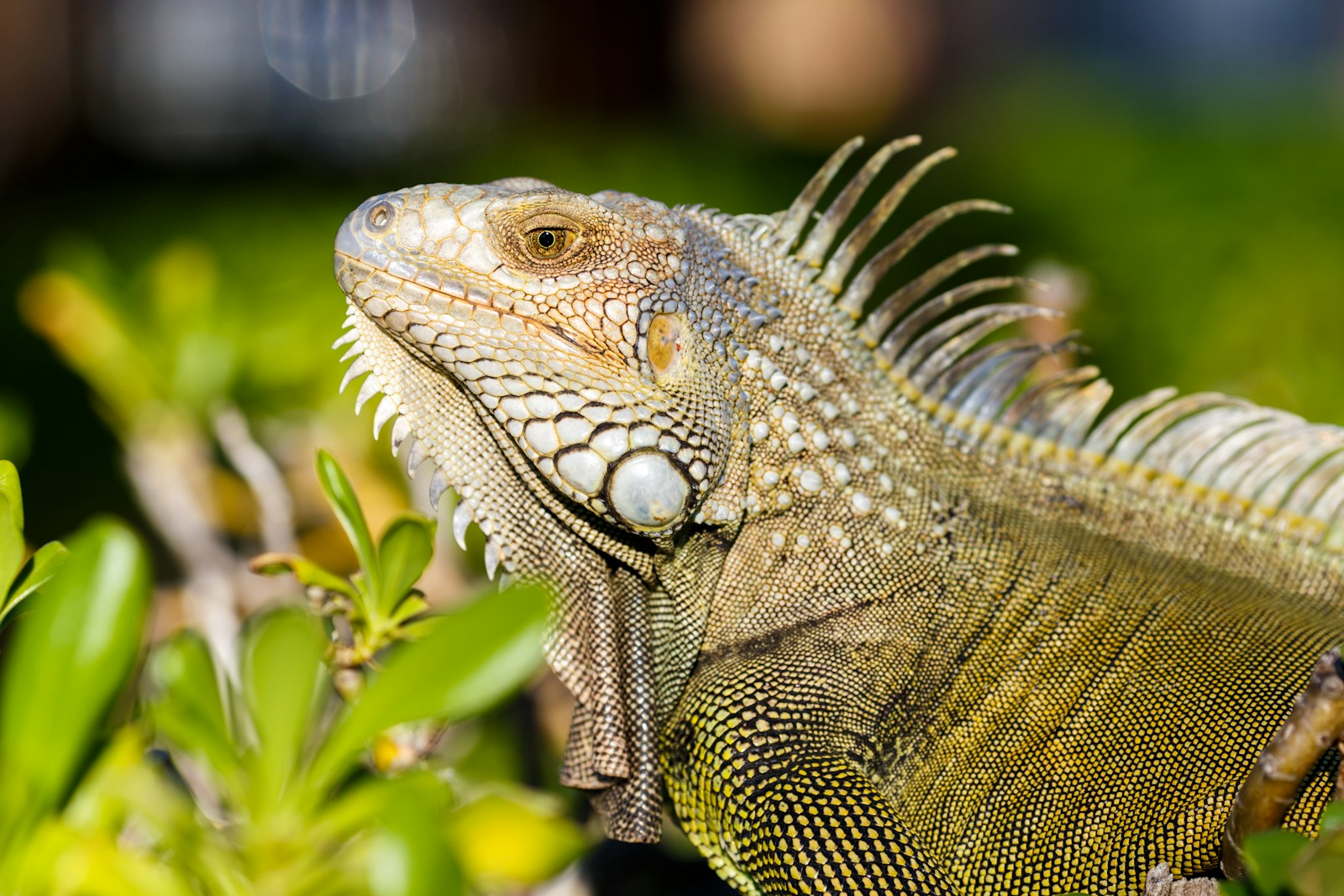





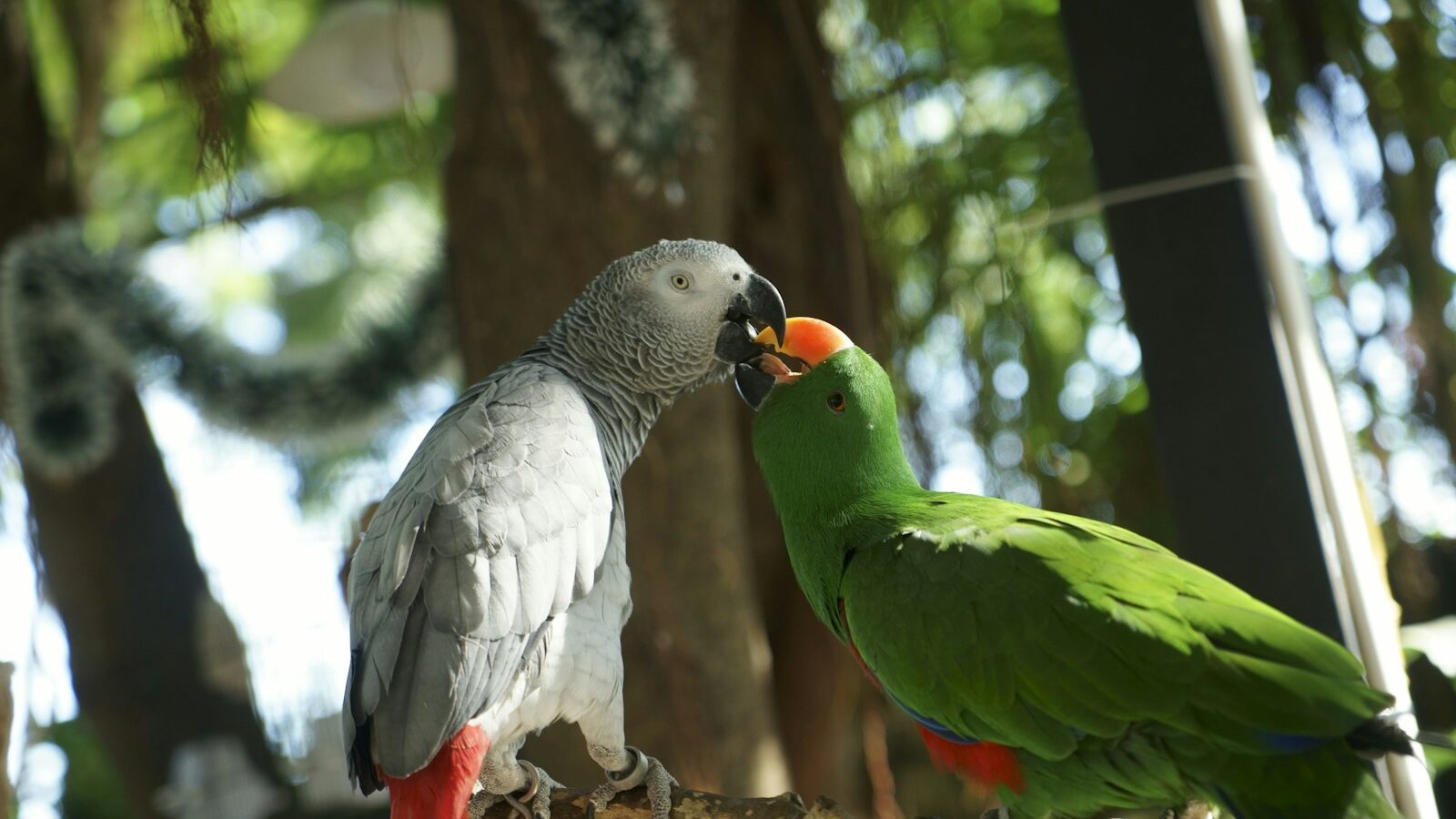







Leave a Reply